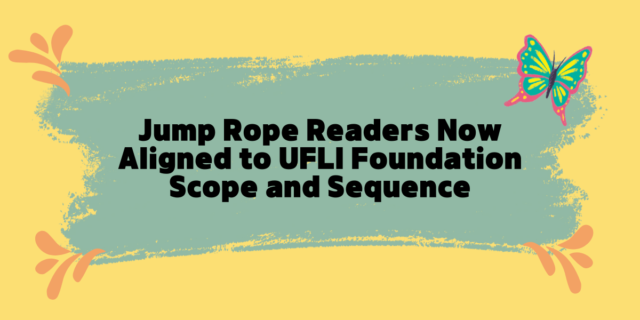
Children benefit from a planned, coherent, sequenced phonics curriculum, therefore most phonics curricula follow roughly the same research-based sequence:
- Students first focus on phonological awareness and the alphabet, then add more focus on concepts of print and one-to-one matching and a few sight words.
- By halfway through kindergarten, students will know the names, shapes, and sounds of the alphabet.
- In late fall or early winter of kindergarten, they learn to decode CVC words, usually starting with short-A words and proceeding through words with other short vowels.
- Students work with short-vowel onsets and rimes, followed by more work with short vowels, and with digraphs, then blends. They first learn blends at the start of the word, then later blends at the ends of words.
Using Decoding Assessments with Students
Decoding assessments are a great way to identify where students are in this sequence and where they might need help. This Phonic Decoding Assessment is broken into categories that progress in difficulty, from CVC all the way through multisyllabic words. You can start a sheet for each student on which you track their growing control of this dimension.
Begin by assessing a student’s command of the first category, CVC with short vowels a, i, o, and then progress until the first category within which the student is not yet proficient. You’ll return to this form repeatedly to pick up where you last left off to assess the decoding growth of each student. You might even pass this form up to the next grade so that other teachers can continue to use the same form to track each student’s decoding growth.
This assessment is best used as a formative assessment—as a quick yet effective way to determine what word reading skills to teach next. Check-ins with students should be brief (about 5 minutes) and should usually involve only those sections of the overall assessment most likely to give key information that you can use to plan your next steps for instruction.
The Phonic Decoding Assessment is used as a tool to provide responsive instruction to students. You can use your data and observations from this assessment to match your students to the right Jump Rope Reader series and their phonics skills.
Download a free Phonic Decoding Assessment.


